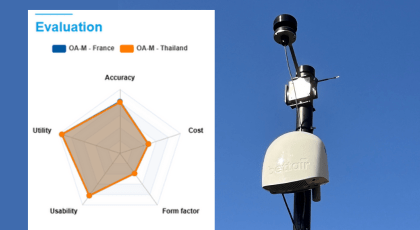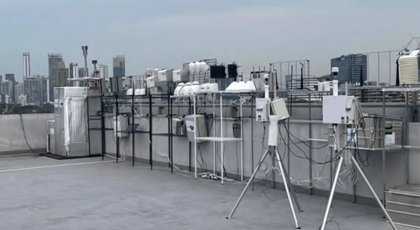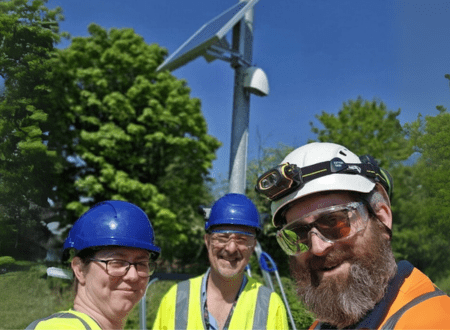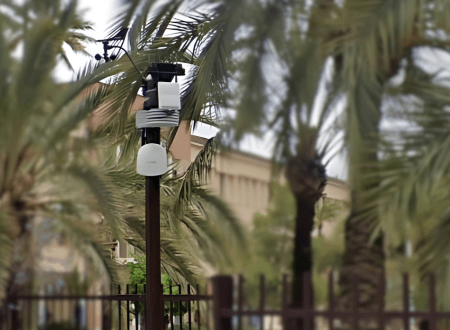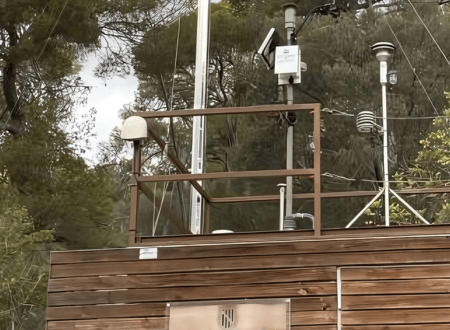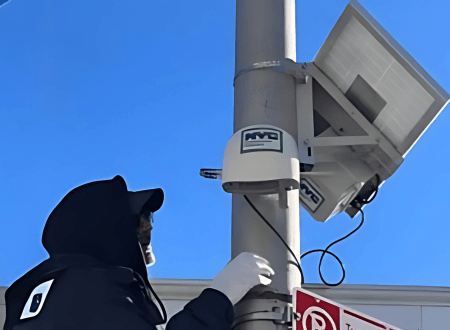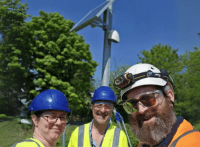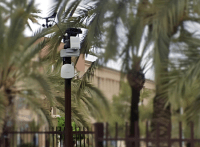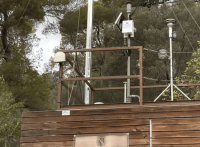Case Studies
Winning the Airlab Challenge 2023: Exceeding the levels of precision
Airlab (Airparif) Paris | Environmental authorities in Thailand
Regulatory Networks
Challenge
The Challenge of Microsensors from Airlab 2023 sought to identifyBettair had already stood out in 2021 as the most accurate ozone sensor. a19> ozone most accurate sensor. This year, the challenge was to demonstrate its methodology without prior calibration in unknown conditions, using advanced models of machine learning to provide reliable data without a41> reliable data without the need for local references, demonstrating its adaptability and global value.
Solution
Bettair deployed its static nodes in France and Thailand, in collaboration with teams from leading institutions. In Bangkok, an environment unknown and without stations of reference, their models of machine learning were adjusted without any problems, providing accurate data on pollutants such as ozone, PM2.5, and PM10. This system without calibration proved to be reliable and practical, minimizing dependence on local infrastructure and offering different capabilities for monitoring, highlighting its strength in applications real with artificial intelligence.
At a glance
· Red híbrida: 8 AQMS + 10 nodos Bettair.
· Compatible con LEZ a partir de enero de 2025.
· Cumple las normas CEN/TS 17660-1:2021 de precisión indicativa de la monitorización de gases.
Technologies in use
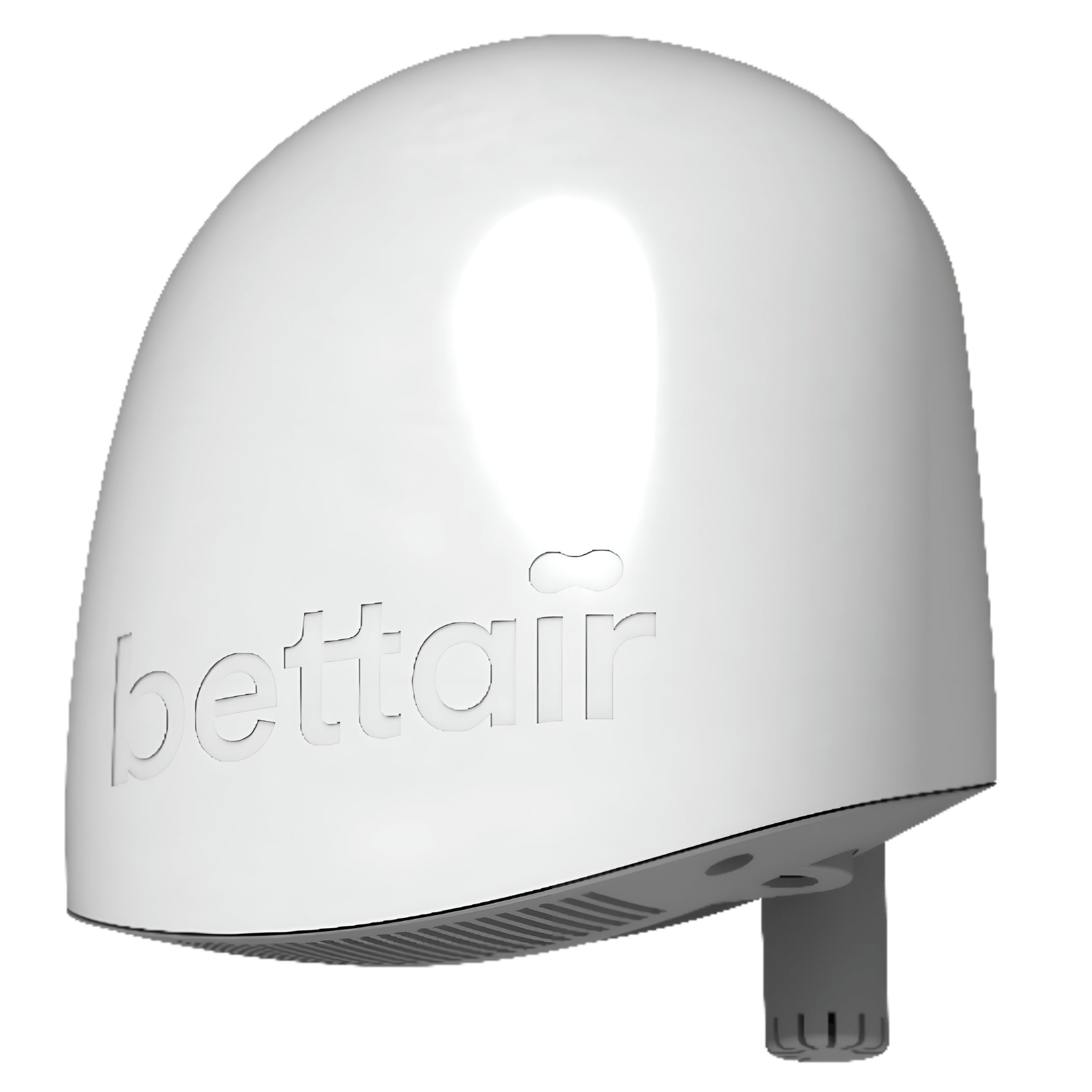
Bettair Stations
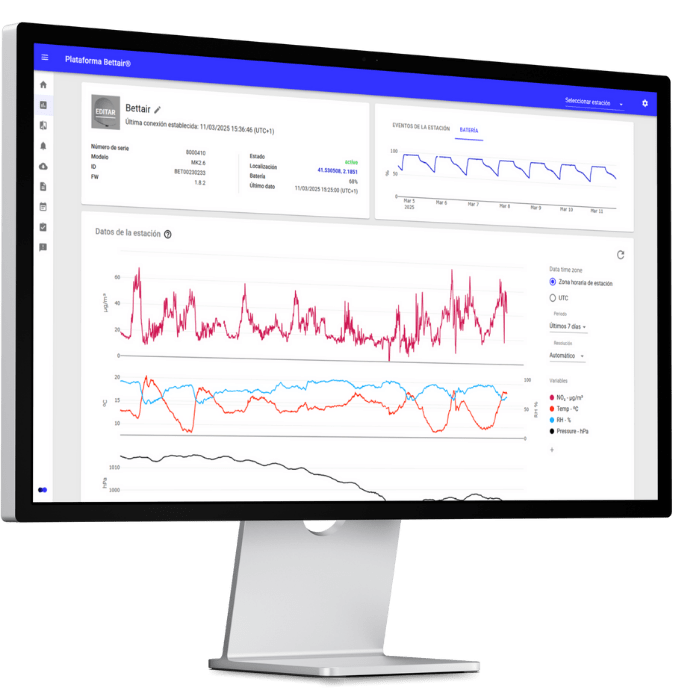
Bettair Platform

API Bettair
Outcomes
This project consolidated Bettair as a leader in multigas sensors, demonstrating that its technology can deliver results of a16> high accuracy without direct calibration. The capability of the system to operate in unknown environments and without local infrastructure highlighted its potential for monitoring in remote areas or in urban expansion, with low maintenance and high reliability.
The implementation in different countries demonstrated that automatic learning models enable a8> machine learning allow effective automatic calibration without the need for traditional references. without the need for traditional references. The versatility of the system improves environmental management, facilitating quick and and accurate even in places without historical data, supporting the protection of public health.
This success also demonstrated that the technology of Bettair reduces costs and complexity in environmental monitoring, by eliminating the dependence on constant calibrations and reference stations. The ability to capture multiple pollutants with precision under different conditions confirms its strategic value for smart and sustainable cities around the world.
More information
The performance of the static node of BETTAIR was consistent in the two static implementations a9> in the open air, which range from very good to excellent for measurements a17> of particles and ozone, and an performance average for NO2. It is one of a25> the sensors multicontaminants for outdoors more accurate and also one of the most accurate sensors for ozone in the 2023 edition. With one reduced maintenance and offering a diverse list of specific pollutants, scores very well on the scale of public services for applications of monitoring.”

